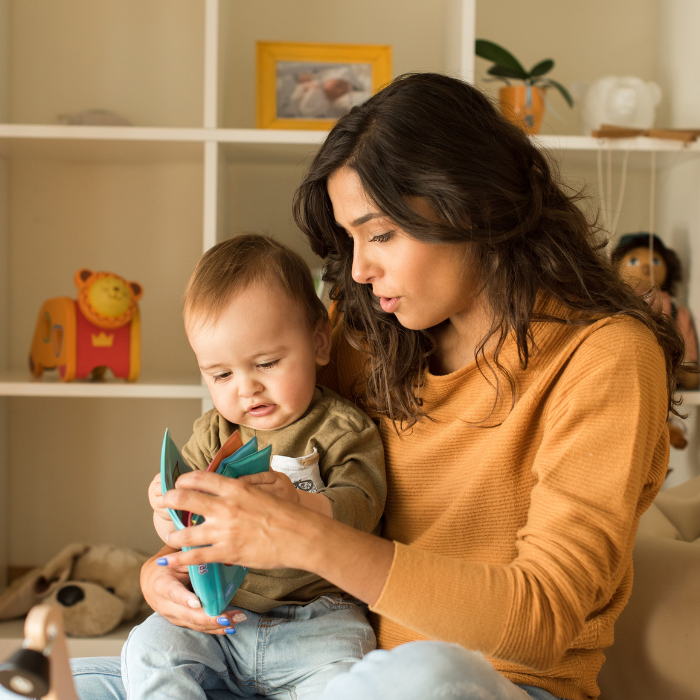
The new school year is the perfect time to introduce more active, healthier and greener ways of getting to and from school.
One of my strongest childhood memories is of walking to primary school. I would wait on a street corner for my friends to join me. My great-gran’s house was on the way and she would sit in the window waiting for my wave as I walked past.
Stand at the school gates at 8.45am and 3pm now and you quickly see that walking is no longer the norm. So much so that even our language has adapted to call these times “drop-off” and “pick-up”. Car congestion is a huge safety concern at many New Zealand schools.
“In the first few years of school, children’s preferences are clear – most want to walk, cycle or catch passenger transport. However, at this age, most children travel to school by car – a choice which is made by their parents. This raises concern about children’s loss of independent mobility.” -NZ Ministry of Transport: Raising the Profile of Walking and Cycling in New Zealand
why are less children walking or cycling to school?
Despite all the time-saving devices that technology has given us, our lives seem to have become busier and more complicated. In many families both parents work; children’s lives are scheduled more.
A recent survey of seven Christchurch schools by Christchurch City Council showed that 23% of parents chose to drive their children because it was ‘more convenient’; 8% said they just didn’t have time.
“It does not make sense to walk as I drive past school to go to work” – Heathcote Valley School parent.
Parents also have real concerns about safety; 20% of parents thought roads were too dangerous; 15% cited personal safety as reasons why they drove.
active travel is better for our children
It’s better for their physical wellbeing:
In a country that has rising levels of obesity, regular exercise is essential. Walking or cycling to school helps children develop an early habit of being active, which leads to a more active and healthier population.
It helps kids concentrate and reduces stress:
A recent study of 2,500 7- to 8-year-olds in the UK found those that walked or cycled to school performed significantly better on tasks that required concentration, such as solving puzzles. A 2010 study from the University of Buffalo showed that walking to school helps lower children’s reactions to stressful situations. Walking home can be a great time to think, relax, and ponder over their day.
It teaches them road safety skills:
Teaching your child to walk, cycle or scooter safely to school will stand them in good stead for the rest of their life.
It helps them develop independence and social skills:
Travelling to school with friends is a great way to socialise and build confidence. Parents that walk home with their children often find it becomes quality time, time to talk about their day
It benefits the environment:
By switching from driving to walking, you can save huge amounts of carbon dioxide and reduce air pollution; a major cause of asthma. Use sites like carbonfootprint.com to find how much you can reduce your own carbon footprint by cutting down on short car journeys.
It benefits the community:
Less drivers making short journeys means less cars on your neighbourhood’s roads.
It’ll save you money:
Frequent short car journeys are harder on your car and use more petrol.
how do we make it easier and safer to walk to school?
Whether you take action as a family, or approach your school to make a change, there are things you can do.
Walk, don’t drive:
Start small by aiming to walk one day a week. It’s often about making new habits – it will take a few weeks to get used to leaving the house a bit earlier for an active journey.
Walking buses:
Most children of school age should be able to walk 20 minutes each way, but they don’t learn good road sense until they are age 9. Talk to one or more families in your neighbourhood and take turns walking the children to school. Or, approach your school about setting up a walking bus schedule. See the FeetFirst website (below) for guidelines on how to set up and run a walking school bus.
Carpooling:
If driving is still best option for you, try connecting with another family to carpool. Set up a schedule to share drop-off and pick-up duties. If every family did this, you’d halve the number of cars at the gate.
Lead by example:
Think about ways to improve your own driving behaviour around school, or park a street away and walk to the gate. Talk to your kids about staying safe around cars (the NZTA has some great brochures about making safer journeys with children) and show them what to do.
Road safety:
Approach your school, city council or local community board about ways to make the streets and footpaths around your school safer for walkers, cyclists or scooters. Walk with your children for a few times, before school starts, to get them familiar with the route and best places to cross the road/s. Children should know how to ride safely and in traffic before riding to school; and all children under-10 should cycle with an adult. NZTA has some great resources to support your child’s learning.
‘Stranger danger’ safety:
Talk to your kids about ways to deal with unwelcome attention. Get to know the people you can trust in your community, especially along the school route
need help?
www.feetfirst.govt.nz A NZ Transport Authority site with lots of resources and guides for schools and families.www.nzta.govt.nz Road code information and cycle and road-safety courses.
Approach your local city council for help with developing travel plans. For example, Auckland Transport’s Travelwise programme develops safe school travel plans tailored for each school, in conjunction with NZ Police and other community groups
]Sarah Mankelow has worked in conservation for over 15 years, and is the mother of two nature-loving children








